Stop Worrying!
Plug into the Catex Kidney Hub for
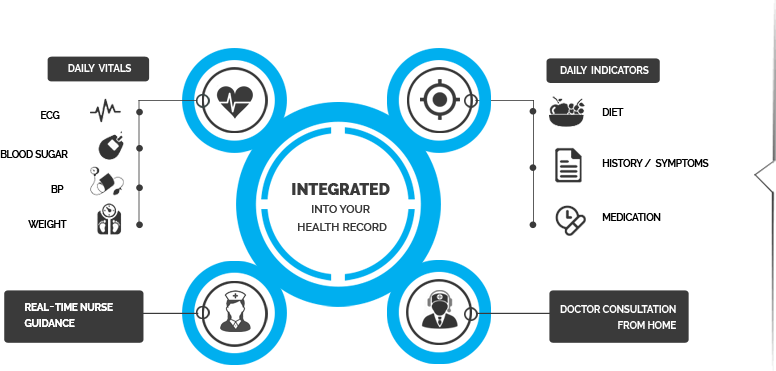
- Free Online Health Record
- Integrated BP Monitor
- 24×7 Vitals Tracking
- Symptom Monitoring
- Daily Calls by nurses
- Nurse Guidance and Support for Family
- Video Consultation with Treating Doctor

Chronic kidney disease, also called chronic kidney failure, is a disease condition that is defined by progressive and irreversible loss of kidney function which if not managed or controlled in time can result in complete kidney shutdown.
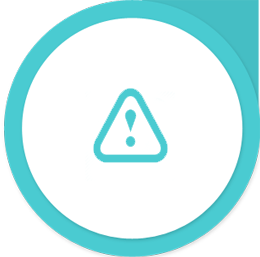
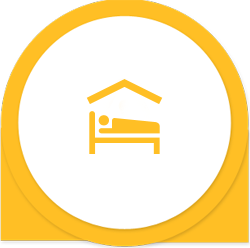
If chronic kidney disease is detected early and managed properly then the otherwise inevitable deterioration in kidney function ending with complete kidney shutdown can be avoided.
It is vitally important to identify, control and monitor the underlying disease or condition that is damaging the kidneys. This could be diabetes, high blood pressure, obesity or high cholesterol levels, etc.
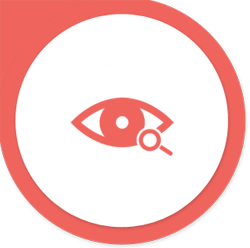
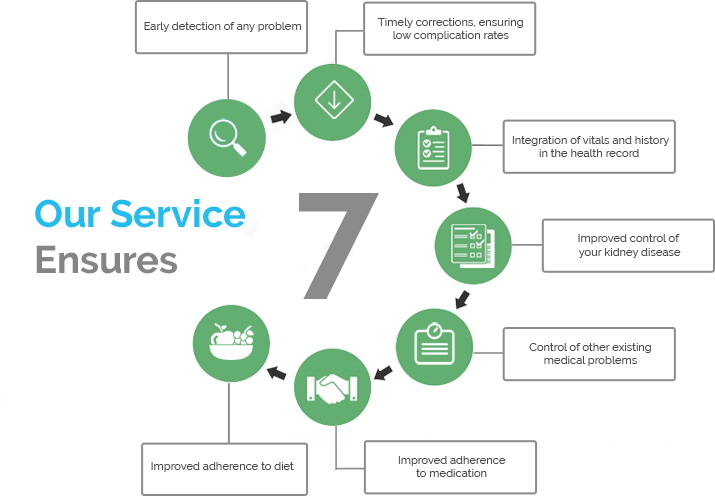
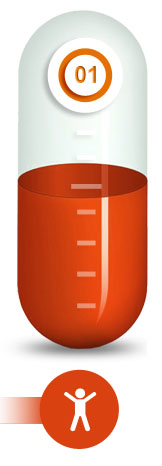
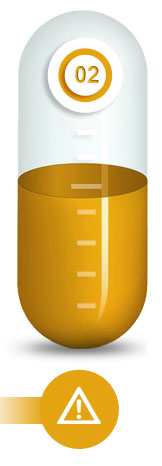
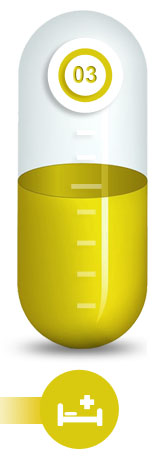
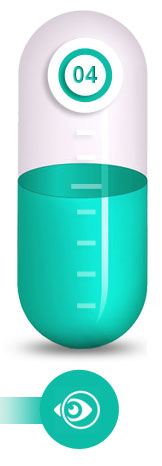
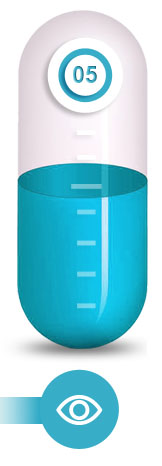
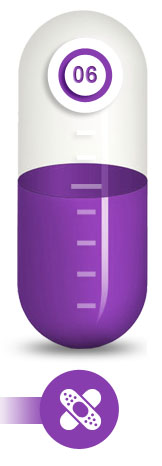
 STEP 1
STEP 1
The treating doctor conducts a thorough evaluation that takes place at the hospital or at the doctor’s clinic. This includes:
 STEP 2
STEP 2
Daily monitoring and documentation of history by Catex Care Centre nurse in patient record of key symptoms, like muscle cramps, pruritis, loss of apetite, shortness of breath, etc.
Catex Kidney Hub blends cutting-edge technology with healthcare expertise to assist and enable patients to enjoy enhanced quality of life in the comfort of their homes, without the fear of being unsupervised at any time.
 STEP 3
STEP 3
The patient is provided a Bluetooth-enabled weighing machine, SpO2 monitor, BP monitor and/or a six-parameter full monitor, depending on the requirement.
The patient and their family are educated on the use of these devices to record readings, which would then seamlessly get integrated into their cloud-based health record through their smartphone.
 STEP 4
STEP 4



The treating doctor has access to all your medical records and monitoring data on their mobile phone and can be contacted over a video call if needed.
There is daily monitoring and automatic updating in the patients’ health record of the following.

The Catex Health Nurse will call, enquire and update the symptoms in the patient’s record as per international protocols or as ordered by the doctor.




Register here and we will contact you
Note: In case you need help in identifying the right doctor, Catex Health
executives will be happy to help you find the right one.
Factors or diseases that increase the risk of developing CKD include:
If CKD is detected early and managed properly, the otherwise inevitable deterioration in kidney
function ending with complete kidney shutdown can be avoided.
Hence the objective of treatment for chronic kidney disease is to prevent, halt and slow down further damage to the kidneys.
It is vitally important to identify, treat and control the underlying disease or condition that is damaging the kidneys. This could be diabetes, high blood pressure, obesity or high cholesterol levels etc.
To prevent and promptly treat exacerbations of disease or episodes of acute attack.
Early detection of deterioration in kidney function to halt or slow down progression of the disease and complications
Detect and treat complications in time
Prevent diseases and avoid situations that can cause kidney damage or make it worse
To improve quality of life and increase lifespan
Reduce symptoms like breathlessness, swelling pruritis etc.
Reduce the need for hospitalisation
In the early stages of CKD, there are few signs and symptoms and there may be significant deterioration in kidney function before the disease is detected.
Although in some cases CKD may be treatable in general the treatment consists of measures to help control signs and symptoms, reduce complications and slow the progression of the disease.
When the kidneys are not able to keep up with waste and fluid excretion it is termed as End stage kidney disease and the treatment options are then limited to dialysis and or a kidney transplant.
















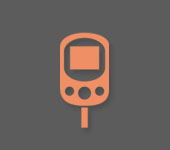
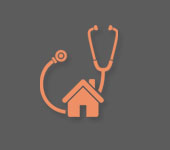
Chronic renal patients and patients with..

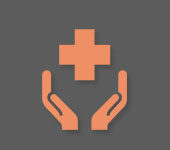
This study showed the development…
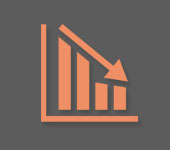
Mobile health tools can be used to help patients in a wide variety of..
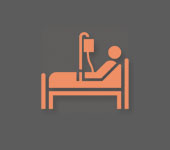
In a study that looked at the impact of medication adherence on hospitalization..